Bronze, Brass, Nickel Silver and Copper Base Metals
Many of us have turned to base metal wires when precious metal prices soured. So what are base metals, anyway?
What are Base Metals?
According to chemistry, a base metal is one that oxidizes or corrodes easily and reacts with hydrochloric acid to form hydrogen.
This group includes iron, lead, nickel, copper, and zinc. (Fun fact: copper doesn't actually create hydrogen in the reaction!)
The term "base" originated with ancient alchemists, who used it to contrast these common metals with the more "noble" or "precious" ones like gold and silver.
Today, the U.S. Customs and Border Protection defines base metals as iron, steel, copper, lead, nickel, zinc, aluminum, tin, titanium, and others basically, everything except gold, silver, and platinum.
This group includes iron, lead, nickel, copper, and zinc. (Fun fact: copper doesn't actually create hydrogen in the reaction!)
The term "base" originated with ancient alchemists, who used it to contrast these common metals with the more "noble" or "precious" ones like gold and silver.
Today, the U.S. Customs and Border Protection defines base metals as iron, steel, copper, lead, nickel, zinc, aluminum, tin, titanium, and others basically, everything except gold, silver, and platinum.
COPPER
Here's a fun fact about copper: although it's been mined and used for over 10,000 years, more than 95% of all copper ever produced has been extracted since 1900! Even more impressive about 80% of that copper is still in use today, either in existing structures or through recycling. (Copper can be recycled indefinitely without losing quality.)
Copper is a soft metal, rating only 2.5-3 on the Mohs scale. That's why it's such great practice wire if you can wrap a cabochon in copper without leaving tool marks, you're doing excellent work!
Its chemical symbol Cu comes from cuprum, short for cyprium, because the Romans sourced their copper from Cyprus. When copper oxidizes, it forms the familiar green coating called verdigri the same property that gives malachite, azurite, and turquoise their vivid green and blue hues.
In wire jewelry, copper is both affordable and forgiving. You can experiment freely, recycle scraps, and still keep your costs low. (And yes, copper prices have climbed for electricians and jewelers alike, but it's still a bargain compared to silver!)
Copper is mined worldwide major sources include Utah, New Mexico, Chile, Indonesia, and Peru. In Sweden, the famous Great Copper Mountain operated for over 1,000 years (from the 900s to 1992!), supplying two-thirds of Europe's copper in the 1600s and even supporting a "Copper Standard" for currency.
Copper is a soft metal, rating only 2.5-3 on the Mohs scale. That's why it's such great practice wire if you can wrap a cabochon in copper without leaving tool marks, you're doing excellent work!
Its chemical symbol Cu comes from cuprum, short for cyprium, because the Romans sourced their copper from Cyprus. When copper oxidizes, it forms the familiar green coating called verdigri the same property that gives malachite, azurite, and turquoise their vivid green and blue hues.
In wire jewelry, copper is both affordable and forgiving. You can experiment freely, recycle scraps, and still keep your costs low. (And yes, copper prices have climbed for electricians and jewelers alike, but it's still a bargain compared to silver!)
Copper is mined worldwide major sources include Utah, New Mexico, Chile, Indonesia, and Peru. In Sweden, the famous Great Copper Mountain operated for over 1,000 years (from the 900s to 1992!), supplying two-thirds of Europe's copper in the 1600s and even supporting a "Copper Standard" for currency.
RECYCLED COPPER
You don't have to smelt copper to recycle it. Copper wire from house wiring or appliances can be reused. But can you really turn stripped electrical wire into jewelry? Technically, yes, but there are a few things to keep in mind.
Electrical wire is always round, and its size might surprise you. A thick cable could contain dozens of fine 30-gauge strands or several large wires. So, if you prefer square or half-round wire or need precise, consistent sizes, it's better to buy jewelry-grade copper wire.
In terms of purity, electrical copper wire is about 99% pure, just like jewelry copper wire. It's designed for conductivity, not aesthetics. While some people worry about lead exposure from old coverings, there's no solid evidence suggesting a real risk.
There are a few practical considerations, though:
Temper: Electrical wire is usually dead soft, meaning it's very pliable. If you don't work-harden it (with a tumbler or hammer), your jewelry could bend or lose shape easily.
Surface: It's not made for looks; expect dirt, burn marks, or rough spots. These can be cleaned off with steel wool, but older wires may still have imperfections.
Stripping caution: If you're removing the plastic insulation yourself, work slowly and carefully to avoid nicks or kinks.
In the end, recycling copper wire for jewelry can work, but it's a lot of effort. Still, if someone handed me a truckload of old electrical wire, I'd probably give it a try too!
Electrical wire is always round, and its size might surprise you. A thick cable could contain dozens of fine 30-gauge strands or several large wires. So, if you prefer square or half-round wire or need precise, consistent sizes, it's better to buy jewelry-grade copper wire.
In terms of purity, electrical copper wire is about 99% pure, just like jewelry copper wire. It's designed for conductivity, not aesthetics. While some people worry about lead exposure from old coverings, there's no solid evidence suggesting a real risk.
There are a few practical considerations, though:
Temper: Electrical wire is usually dead soft, meaning it's very pliable. If you don't work-harden it (with a tumbler or hammer), your jewelry could bend or lose shape easily.
Surface: It's not made for looks; expect dirt, burn marks, or rough spots. These can be cleaned off with steel wool, but older wires may still have imperfections.
Stripping caution: If you're removing the plastic insulation yourself, work slowly and carefully to avoid nicks or kinks.
In the end, recycling copper wire for jewelry can work, but it's a lot of effort. Still, if someone handed me a truckload of old electrical wire, I'd probably give it a try too!
NICKLE SILVER
Nickel Silver, also known as German Silver, Albata, New Silver, or Alpaca, is an alloy made from nickel, zinc, and copper. Even though it looks like silver, it contains no actual silver. It was specifically designed to mimic silver's shine at a much lower cost, which is important to explain to customers.
Nickel silver was developed in the 19th century by German metalworkers who were trying to replicate a Chinese alloy called paktong. The Chinese had created this silver-like metal centuries earlier and closely guarded the formula. By the early 1800s, European craftsmen were experimenting with similar alloys, and in 1823, a German version finally matched the original. A British inventor also discovered a similar mix around the same time.
Once perfected, nickel silver quickly became popular. It was widely used for dining sets, especially for electroplated nickel silver (EPNS)-silverware made from nickel silver and coated with a thin layer of real silver. Although these pieces have little recycling value today, they're becoming collectible for their history. Interestingly, when the silver coating wears off, the exposed nickel silver often appears brighter and more resistant to tarnish.
Nickel silver has been used in everything from keys, zippers, and musical instruments (like flutes and French horns) to guitar frets, coins, and model train tracks. It's even been used by Native American metalsmiths, including the Kiowa and Pawnee tribes in Oklahoma.
Visually, nickel silver looks much like real silver, though it may have a faint golden tint. It's highly tarnish resistant, only darkens slightly over time, and doesn't react to liver of sulfur the way sterling silver or copper-based metals do. This makes it especially popular for chainmaille jewelry, where its bright color and low maintenance are a big advantage.
After all, imagine having to polish not just a silver bracelet, but an entire chainmail garment!
Nickel silver was developed in the 19th century by German metalworkers who were trying to replicate a Chinese alloy called paktong. The Chinese had created this silver-like metal centuries earlier and closely guarded the formula. By the early 1800s, European craftsmen were experimenting with similar alloys, and in 1823, a German version finally matched the original. A British inventor also discovered a similar mix around the same time.
Once perfected, nickel silver quickly became popular. It was widely used for dining sets, especially for electroplated nickel silver (EPNS)-silverware made from nickel silver and coated with a thin layer of real silver. Although these pieces have little recycling value today, they're becoming collectible for their history. Interestingly, when the silver coating wears off, the exposed nickel silver often appears brighter and more resistant to tarnish.
Nickel silver has been used in everything from keys, zippers, and musical instruments (like flutes and French horns) to guitar frets, coins, and model train tracks. It's even been used by Native American metalsmiths, including the Kiowa and Pawnee tribes in Oklahoma.
Visually, nickel silver looks much like real silver, though it may have a faint golden tint. It's highly tarnish resistant, only darkens slightly over time, and doesn't react to liver of sulfur the way sterling silver or copper-based metals do. This makes it especially popular for chainmaille jewelry, where its bright color and low maintenance are a big advantage.
After all, imagine having to polish not just a silver bracelet, but an entire chainmail garment!
A NOTE ABOUT ALUMINUM
I should briefly mention aluminum: while this metal can look similar to silver, it can lose its shine and become dull.
While some people enjoy using aluminum jump rings in chainmaille (it is very light, and very inexpensive), for traditional wire jewelry uses such as bundle bracelets, cabochon pendants, and prong rings, aluminum is too soft to stay in place, and is very difficult to work-harden.
Although you can find aluminum wire online, we are proud to provide you with the 3 most-loved base metals - brass, copper, and nickel silver - in the gauges and shapes wire artists love.
I hope you've enjoyed these articles about base metal wire - Happy Jewelry Making!
While some people enjoy using aluminum jump rings in chainmaille (it is very light, and very inexpensive), for traditional wire jewelry uses such as bundle bracelets, cabochon pendants, and prong rings, aluminum is too soft to stay in place, and is very difficult to work-harden.
Although you can find aluminum wire online, we are proud to provide you with the 3 most-loved base metals - brass, copper, and nickel silver - in the gauges and shapes wire artists love.
I hope you've enjoyed these articles about base metal wire - Happy Jewelry Making!
BRONZE AND BRASS
Both bronze and brass are alloys of copper. The amount of copper and the other metals that it is mixed with are what determines the color and properties of the resulting metal.
The difference between bronze and brass, to many people, is irrelevant or not worth distinguishing. Since metal content varies throughout history, many museums simply describe possible bronze or brass artifacts as "copper alloy" pieces.
However, in the jewelry world, the traditional terms still have important meaning.
Another place where the distinction is important is the world of coin collecting, which has its own rich history of the metals and tokens used to create currency through time - a fascinating subject for another day, perhaps!
In the jewelry world, bronze is traditionally a warm, tan gold color, and will gradually acquire a brownish patina.
On the other hand, brass is a vibrant color, and when it tarnishes, it develops the green verdigris seen on copper statues.
Bronze is commonly patinaed and associated with Steampunk and Victorian jewelry, while brass is used in place of gold in many online jewelry storefronts.
The difference between bronze and brass, to many people, is irrelevant or not worth distinguishing. Since metal content varies throughout history, many museums simply describe possible bronze or brass artifacts as "copper alloy" pieces.
However, in the jewelry world, the traditional terms still have important meaning.
Another place where the distinction is important is the world of coin collecting, which has its own rich history of the metals and tokens used to create currency through time - a fascinating subject for another day, perhaps!
In the jewelry world, bronze is traditionally a warm, tan gold color, and will gradually acquire a brownish patina.
On the other hand, brass is a vibrant color, and when it tarnishes, it develops the green verdigris seen on copper statues.
Bronze is commonly patinaed and associated with Steampunk and Victorian jewelry, while brass is used in place of gold in many online jewelry storefronts.
BRASS
Brass is an alloy of copper and zinc that is stronger than copper, though not as strong as steel. Sometimes lead or tin is added to make it more workable. By 300 AD, Germany and the Netherlands were famous for their brass production. By 1852, brass cartridges were being made; the metal expanded when fired and contracted afterward, enabling the development of automatic weapons.
Brass comes in two main varieties: yellow and red. Red brass, with about 85% copper and 15% zinc, has a warm reddish color and sits between bronze and traditional brass. Yellow brass, with roughly 67% copper and 33% zinc, has a bright, almost fluorescent yellow hue often used in place of gold. You can spot yellow brass in everyday items like door hinges, and it is shinier and brighter than red brass.
In household items such as taps and lamps, brass is usually lacquered for protection. When cleaning brass, avoid abrasives and use a polish and light buffing. The same protective methods you use for silver or copper jewelry, such as wax, sealants, or sprays, can also be applied to brass pieces.
Brass comes in two main varieties: yellow and red. Red brass, with about 85% copper and 15% zinc, has a warm reddish color and sits between bronze and traditional brass. Yellow brass, with roughly 67% copper and 33% zinc, has a bright, almost fluorescent yellow hue often used in place of gold. You can spot yellow brass in everyday items like door hinges, and it is shinier and brighter than red brass.
In household items such as taps and lamps, brass is usually lacquered for protection. When cleaning brass, avoid abrasives and use a polish and light buffing. The same protective methods you use for silver or copper jewelry, such as wax, sealants, or sprays, can also be applied to brass pieces.
BRONZE
Bronze is an alloy of copper and tin, typically an 88% copper to 12% tin mix (although it doesn't always contain tin), and can contain elements such as manganese, silicone, aluminum, and phosphorous.
Early bronze contained arsenic, which was replaced with tin, a nontoxic alternative.
Bronze is hard yet brittle, used in weapons, tools, and armor dating back to 3000 BC (one source I read noted that bronze swords were more for stabbing than slicing!).
The Iron Age replaced the Bronze Age, but wrought iron is actually weaker than bronze; the big difference is that iron was more economical, so it replaced bronze everywhere strength was needed.
Tin was particularly hard to find, which is why bronze fell out of favor. (After Iron came Steel).
Early bronze contained arsenic, which was replaced with tin, a nontoxic alternative.
Bronze is hard yet brittle, used in weapons, tools, and armor dating back to 3000 BC (one source I read noted that bronze swords were more for stabbing than slicing!).
The Iron Age replaced the Bronze Age, but wrought iron is actually weaker than bronze; the big difference is that iron was more economical, so it replaced bronze everywhere strength was needed.
Tin was particularly hard to find, which is why bronze fell out of favor. (After Iron came Steel).
ORMOLU AND DORE
As a point of interest: we already know that when a coat of gold is applied to silver, the result is called vermeil, also called gold vermeil. When gold is applied to bronze, it is called ormolu (or gilt bronze). When gold is applied to brass, it is called doré (or gild brass).
However, this is a rare effect to find nowadays, because it required the use of mercury.
The mercury-firing process was outlawed by France in the 19th century due to the grievous toll on gilders' health.
However, some locations continued the mercury process, producing gilt bronze as late as 1960.
The gilt brass and gilt bronze effect was extremely popular for jewelry, chandeliers, clocks, candelabras, ceramics, and sculptures in the Rococo and Neoclassical periods in Europe and in some Chinese areas as well. In fact, there was even some ormolu work on the Grand Staircase of the Titanic, which was decorated to recall the culture of King Louis XIV.
The allure of ormolu was that as time weathered the metal, the gold would not tarnish or fade (excellent in households).
It also served as a contrast to nearby raw bronze (such as in sculptures - just the hair would be gilded, for example).
To care for gilded brass, gilded bronze, or vermeil for that matter, avoid the polishing cloth.
Simply wash with mild soap and water to clean the piece and reduce the risk of flaking or rubbing the gilded layer off.
However, this is a rare effect to find nowadays, because it required the use of mercury.
The mercury-firing process was outlawed by France in the 19th century due to the grievous toll on gilders' health.
However, some locations continued the mercury process, producing gilt bronze as late as 1960.
The gilt brass and gilt bronze effect was extremely popular for jewelry, chandeliers, clocks, candelabras, ceramics, and sculptures in the Rococo and Neoclassical periods in Europe and in some Chinese areas as well. In fact, there was even some ormolu work on the Grand Staircase of the Titanic, which was decorated to recall the culture of King Louis XIV.
The allure of ormolu was that as time weathered the metal, the gold would not tarnish or fade (excellent in households).
It also served as a contrast to nearby raw bronze (such as in sculptures - just the hair would be gilded, for example).
To care for gilded brass, gilded bronze, or vermeil for that matter, avoid the polishing cloth.
Simply wash with mild soap and water to clean the piece and reduce the risk of flaking or rubbing the gilded layer off.
Materials

Copper Wire

Red Brass Wire

Yellow Brass Wire

Nickle Silver Wire

Copper Sheet

Red Brass Sheet

Nickle Sheet
Tools

WireJewelry - Ultimate Wire-Pliers Jewelry Pliers with Case, Set of 5
G15-20
- G15-20
- Lesson Quantity: 1.00 pieces
- Purchase Quantity: 1.00 each
- Price: $170.72
- Gold Club Price: $128.04

Bench Tools
- Category: General Education
- Technique(s): Oxidizing / Antiquing, General Education








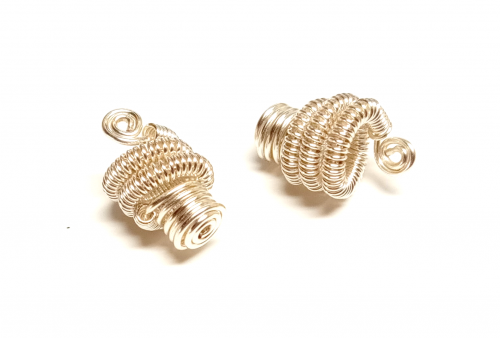
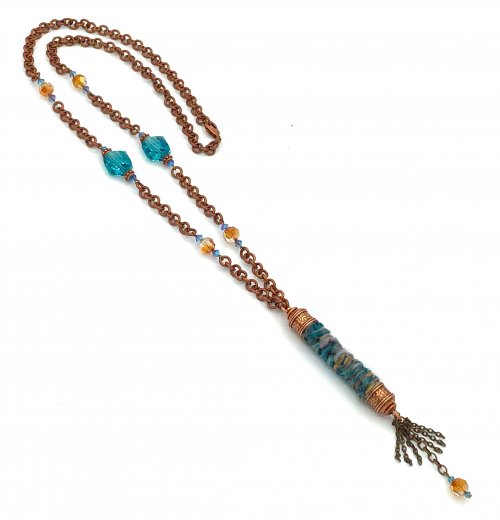
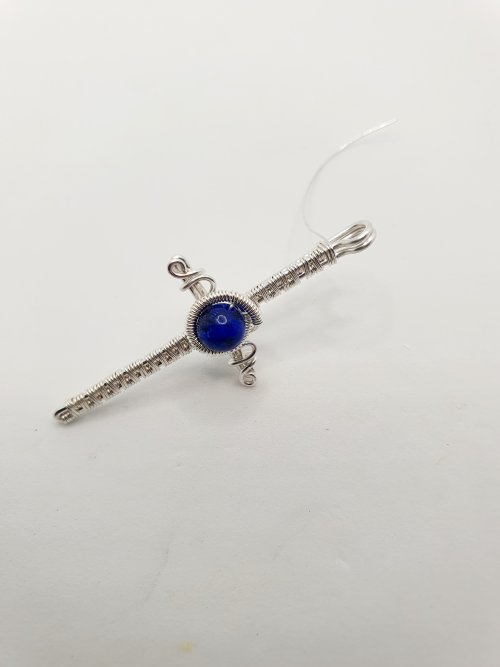

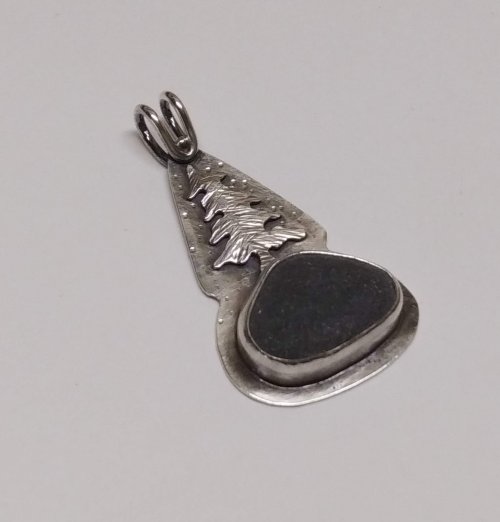
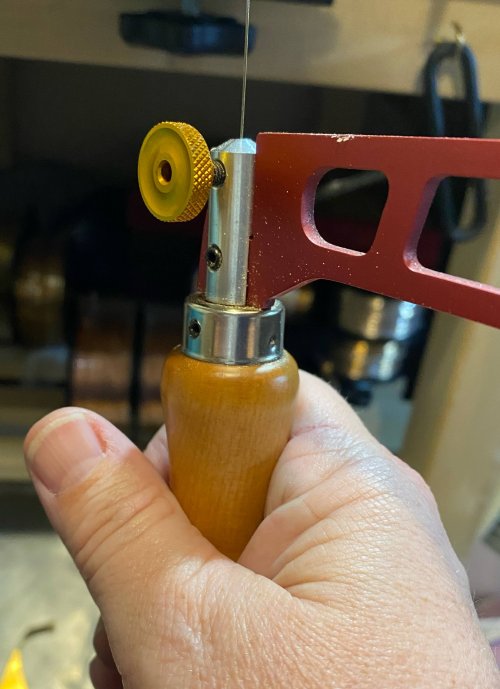
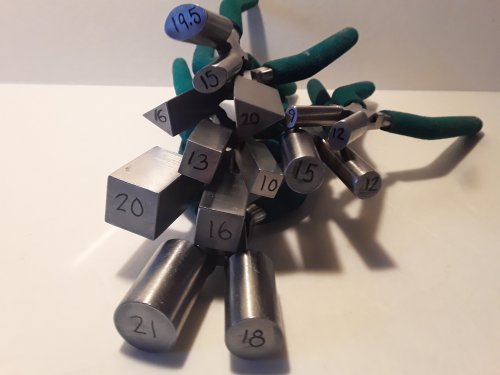
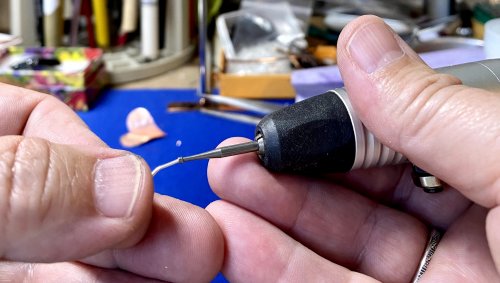
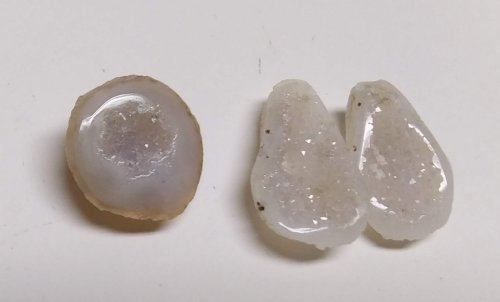


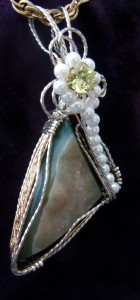
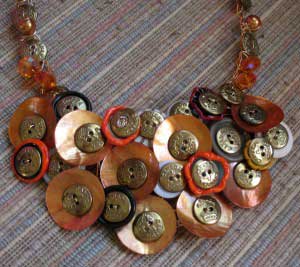
 About Jewelry Chain- About Ball Chain
About Jewelry Chain- About Ball Chain
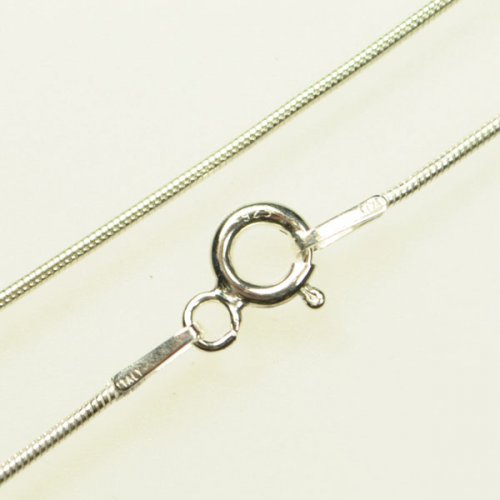 About Jewelry Chain- Snake Chain and Omega Chain
About Jewelry Chain- Snake Chain and Omega Chain
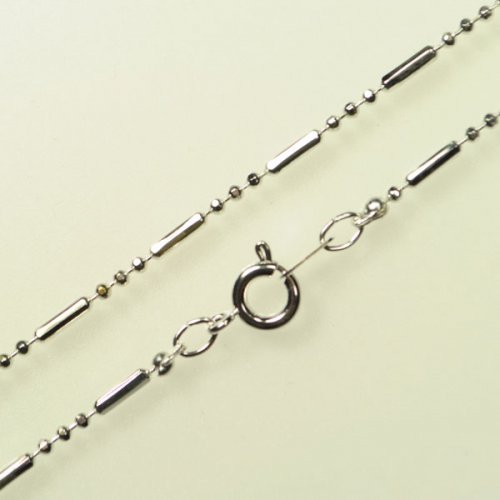 About Jewelry Chain- Bar Chain and Peanut Chain
About Jewelry Chain- Bar Chain and Peanut Chain
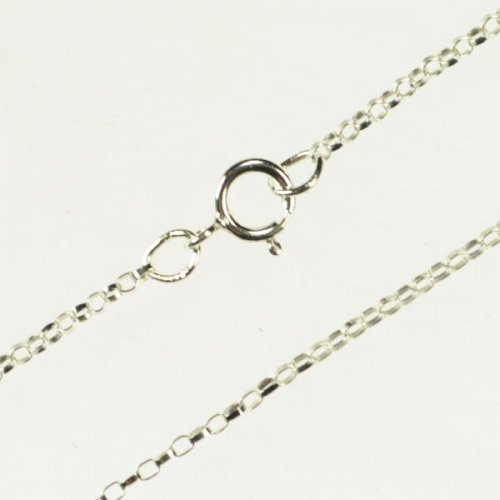 About Jewelry Chain - Cable Chain and Rolo Chain
About Jewelry Chain - Cable Chain and Rolo Chain
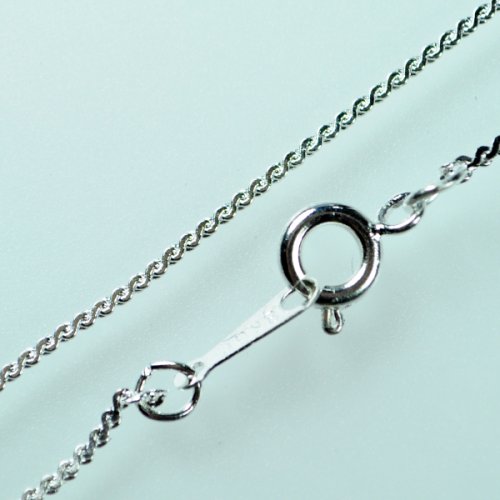 About Jewelry Chain- Curb Chain and Gourmette Chain
About Jewelry Chain- Curb Chain and Gourmette Chain
 About Jewelry Chain- Figaro Chain
About Jewelry Chain- Figaro Chain
 About Jewelry Chain- Infinity Chain and Anchor Chain
About Jewelry Chain- Infinity Chain and Anchor Chain
 About Jewelry Chain- Chain Reference Sheet
About Jewelry Chain- Chain Reference Sheet
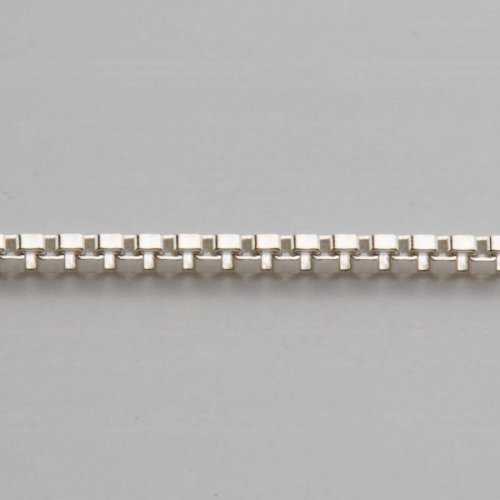 About Jewelry Chain- Venetian Chain and Box Chain
About Jewelry Chain- Venetian Chain and Box Chain
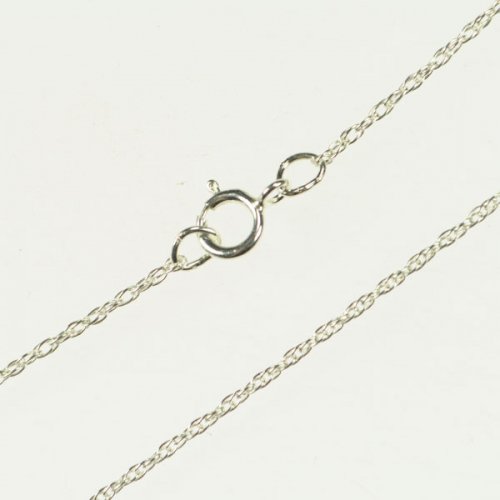 About Jewelry Chain- Wheat Chain and Rope Chain
About Jewelry Chain- Wheat Chain and Rope Chain
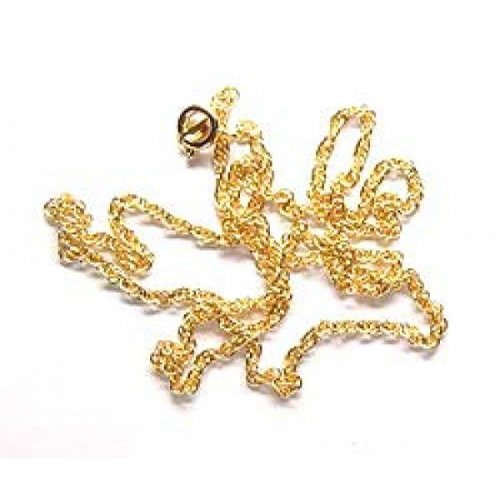 Introduction to Chain
Introduction to Chain
 Access More Money by Making Jewelry When Your Prices Are Right
Access More Money by Making Jewelry When Your Prices Are Right
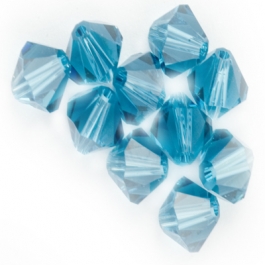 An Introduction to Beads and Beading
An Introduction to Beads and Beading
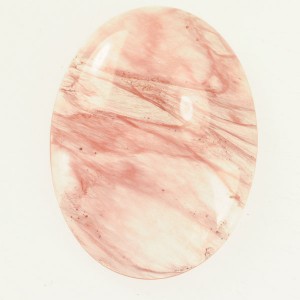 Common Gemstone Misconceptions
Common Gemstone Misconceptions
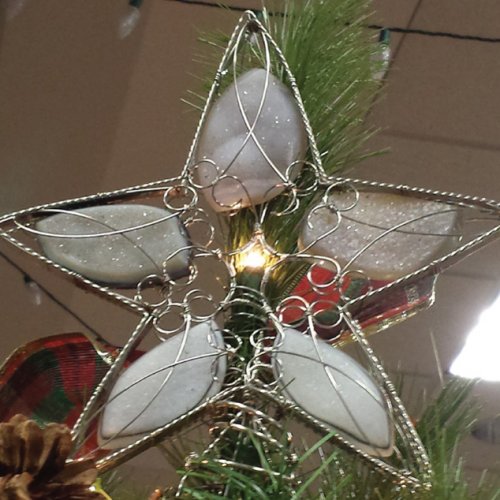 Wire Wrapped Christmas Tree
Wire Wrapped Christmas Tree
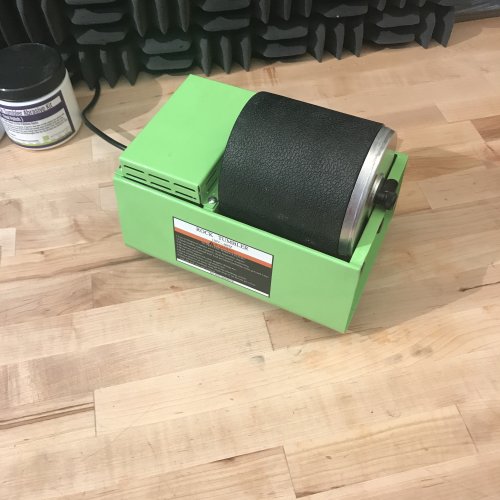 How To Polish Metal Jewelry using a Rotary Tumbler
How To Polish Metal Jewelry using a Rotary Tumbler
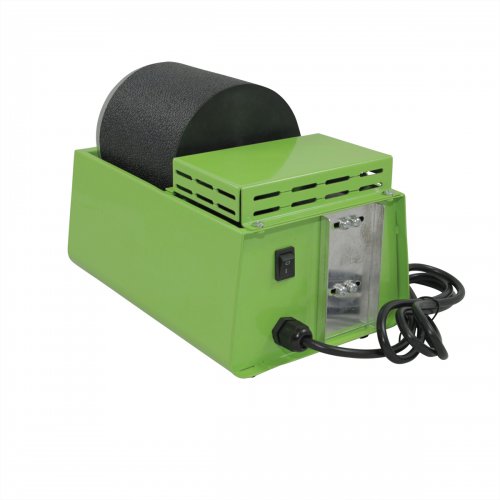 How To Polish Your Own Rocks using a Rotary Rock Tumbler
How To Polish Your Own Rocks using a Rotary Rock Tumbler
 How to Merchandise Your Jewelry on the Internet
How to Merchandise Your Jewelry on the Internet
 How to Use Twitter as a Wire Jewelry Artist
How to Use Twitter as a Wire Jewelry Artist
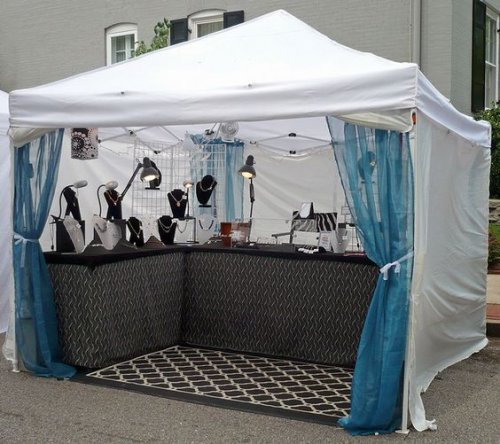 20 Ideas to get your Jewelry Biz Busy
20 Ideas to get your Jewelry Biz Busy
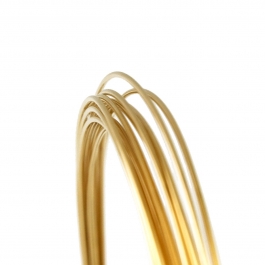 Watching the Precious Metals Market
Watching the Precious Metals Market
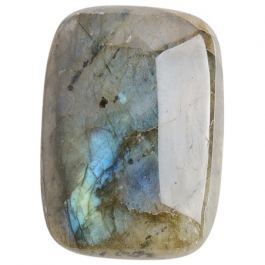 Jewelry Design Ideas - Get Inspired
Jewelry Design Ideas - Get Inspired
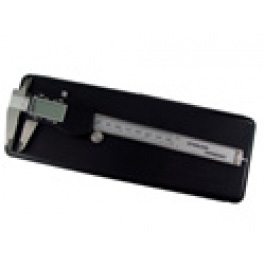 Measuring Tools
Measuring Tools
 July Birthstone - The Ruby
July Birthstone - The Ruby
 February Birthstone- Amethyst
February Birthstone- Amethyst
 March Birthstone - Aquamarine and Bloodstone
March Birthstone - Aquamarine and Bloodstone
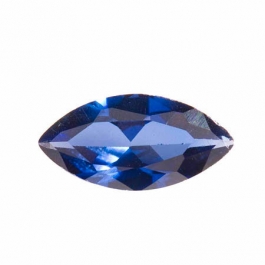 September Birthstone - Sapphire
September Birthstone - Sapphire
 November Birthstones - Topaz and Citrine
November Birthstones - Topaz and Citrine
 October Birthstones - Rose Zircon, Pink Tourmaline and Opal
October Birthstones - Rose Zircon, Pink Tourmaline and Opal
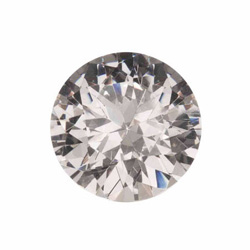 April Birthstone - The Diamond
April Birthstone - The Diamond
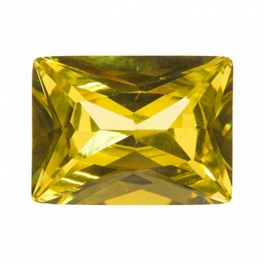 August Birthstone - Peridot and Sardonyx
August Birthstone - Peridot and Sardonyx
 June Birthstones - Alexandrite, Pearl and Moonstone
June Birthstones - Alexandrite, Pearl and Moonstone
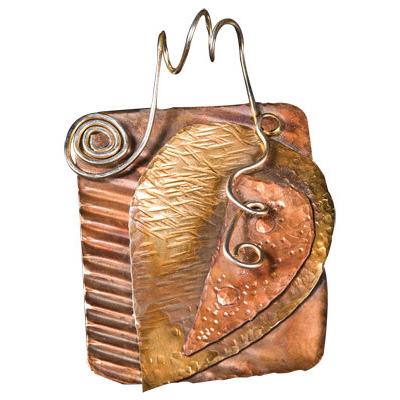 Metalsmithing
Metalsmithing
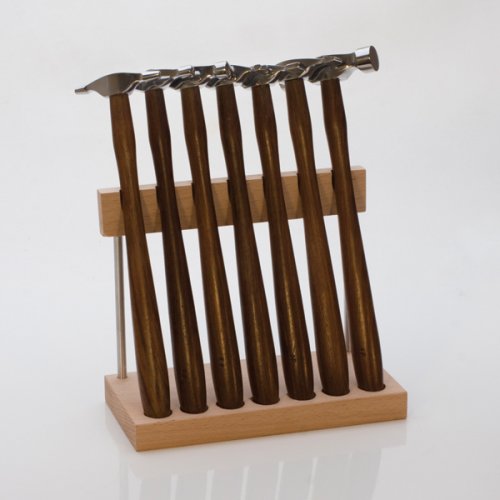 Featured Tool - Mini TruStrike Hammers
Featured Tool - Mini TruStrike Hammers
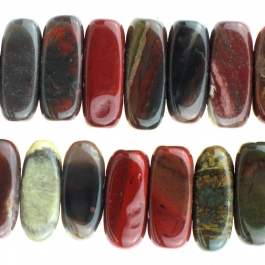 Natural Jasper Stones - Cabochon Gemstones
Natural Jasper Stones - Cabochon Gemstones
 Organize Your Jewelry Box
Organize Your Jewelry Box
 Pearls- It's a Cultural Thing
Pearls- It's a Cultural Thing
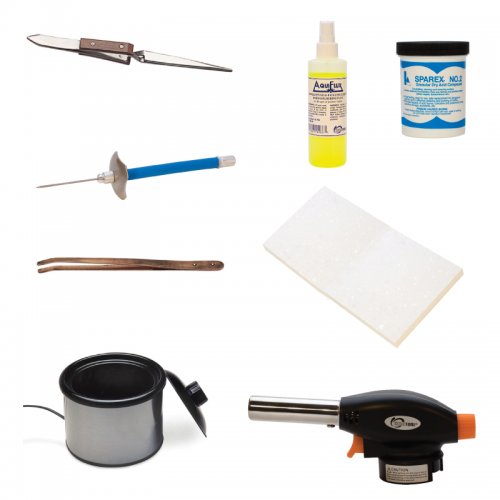 Soldering 101
Soldering 101
 Starting Your Own Home Jewelry Business
Starting Your Own Home Jewelry Business
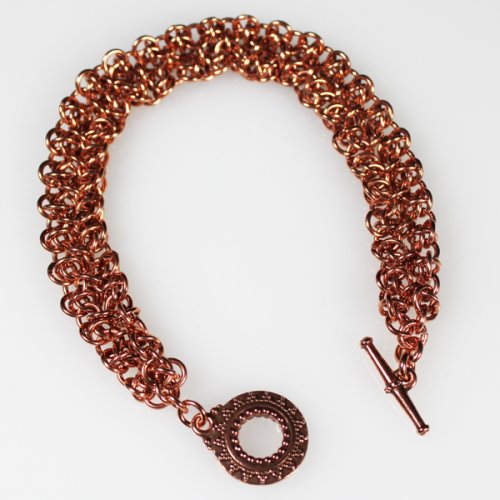 The Art of Creating Chainmail
The Art of Creating Chainmail
 Why Should I Be Using Facebook
Why Should I Be Using Facebook
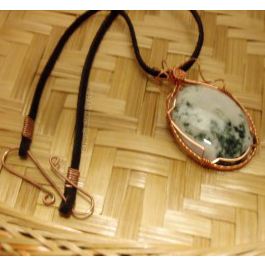 Make Handmade Neck Cords on a Dime
Make Handmade Neck Cords on a Dime
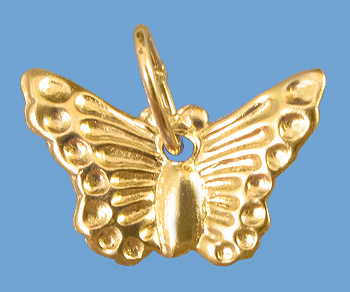 Tagging Handmade Jewelry Gifts
Tagging Handmade Jewelry Gifts
 Share Your Expertise with Your Community
Share Your Expertise with Your Community
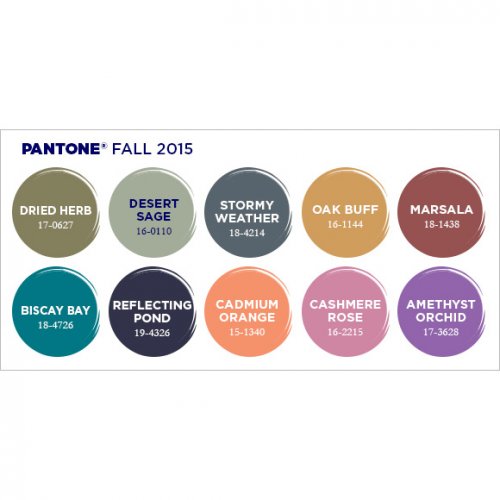 Creating Color Schemes for Jewelry Making
Creating Color Schemes for Jewelry Making
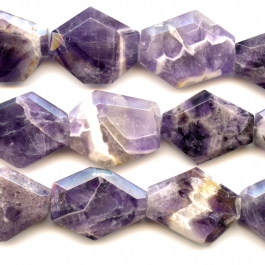 Gemstone Treatments
Gemstone Treatments
 How Wire is Made
How Wire is Made
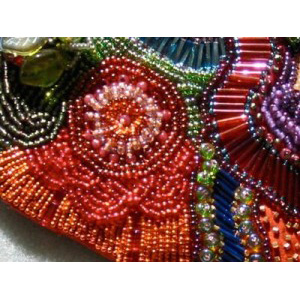 Beading A-B-C's
Beading A-B-C's
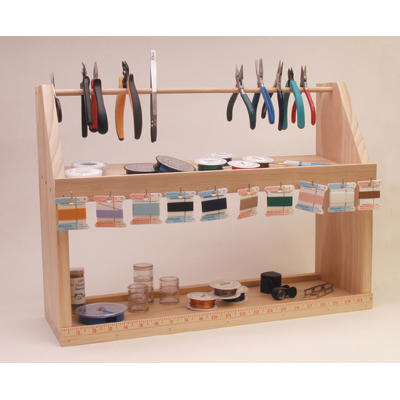 How to Set Up Your Workspace
How to Set Up Your Workspace
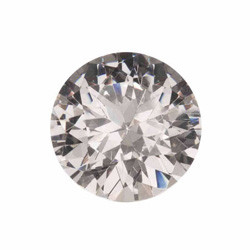 Gem Profile- Diamond
Gem Profile- Diamond
 Gem Profile- Peridot
Gem Profile- Peridot
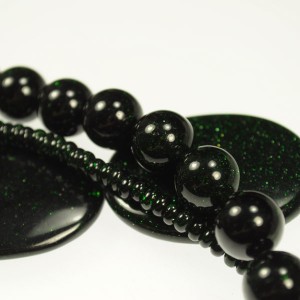 Gem Profile- Goldstone
Gem Profile- Goldstone
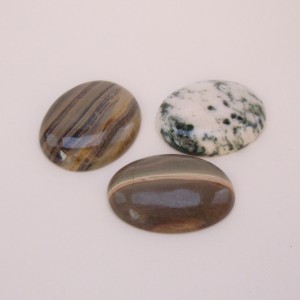 Gem Profile- Cryptocrystalline Quartz Introduction
Gem Profile- Cryptocrystalline Quartz Introduction
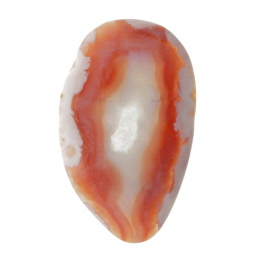 Gem Profile- Banded Agate and Brecciated Agate
Gem Profile- Banded Agate and Brecciated Agate
 Gem Profile- Emerald
Gem Profile- Emerald
 Gem Profile- Titanite or Sphene
Gem Profile- Titanite or Sphene
 Gem Profile- Morganite
Gem Profile- Morganite
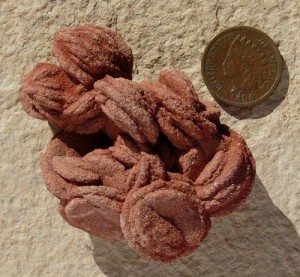 Gem Profile- Desert Rose
Gem Profile- Desert Rose
 Gem Profile- Iolite
Gem Profile- Iolite
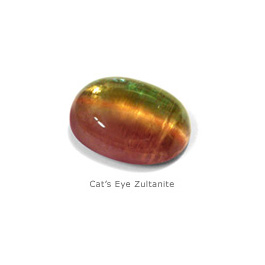 Gem Profile- Zultanite
Gem Profile- Zultanite
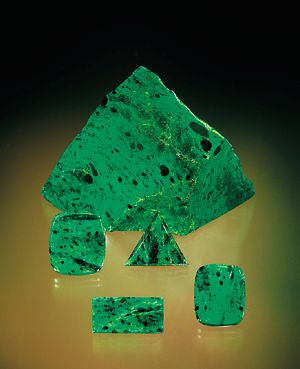 Gem Profile- Maw Sit Sit
Gem Profile- Maw Sit Sit
 Gem Profile- Tanzanite
Gem Profile- Tanzanite
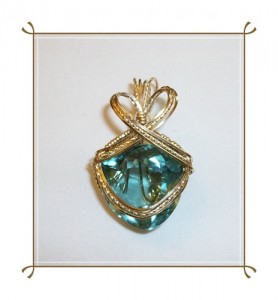 Gem Profile- Aquamarine
Gem Profile- Aquamarine
 Gem Profile- Turquoise
Gem Profile- Turquoise
 Gem Profile- Turquoise Types
Gem Profile- Turquoise Types
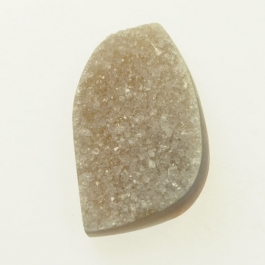 Gem Profile- What's Druze
Gem Profile- What's Druze
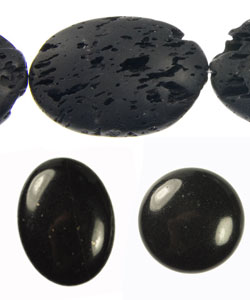 Gem Profile- Basalt
Gem Profile- Basalt
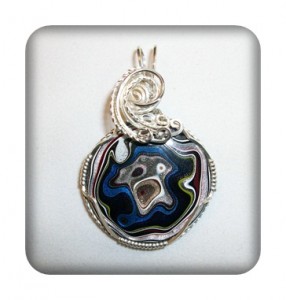 Gem Profile- Fordite
Gem Profile- Fordite
 Gem Profile- Variscite
Gem Profile- Variscite
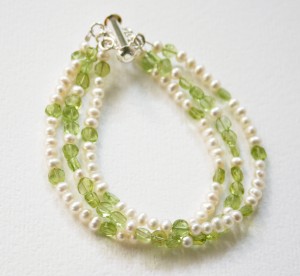 Gem Profile- Pearls
Gem Profile- Pearls
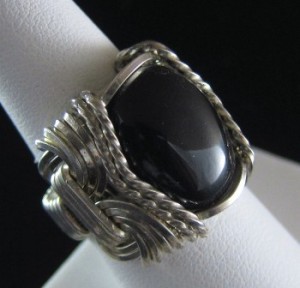 Gem Profile- Onyx
Gem Profile- Onyx
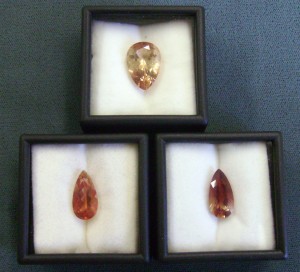 Gem Profile- Sunstone
Gem Profile- Sunstone
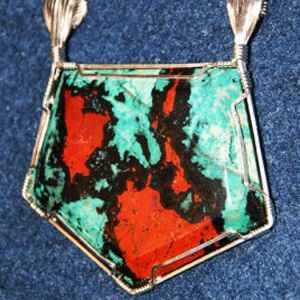 Gem Profile- Sonora Sunrise
Gem Profile- Sonora Sunrise
 Gem Profile- Rhodonite
Gem Profile- Rhodonite
 Gem Profile- Glass, Crystal and Quartz
Gem Profile- Glass, Crystal and Quartz
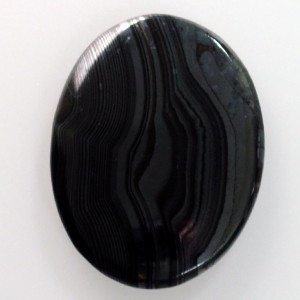 Gem Profile- Psilomelane
Gem Profile- Psilomelane
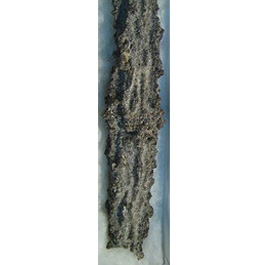 Gem Profile- Fulgurite
Gem Profile- Fulgurite
 Gem Profile- Cat's Eye
Gem Profile- Cat's Eye
 Gem Profile- Carnelian
Gem Profile- Carnelian
 Gem Profile- Petoskey Stones and Indonesian Fossil Coral
Gem Profile- Petoskey Stones and Indonesian Fossil Coral
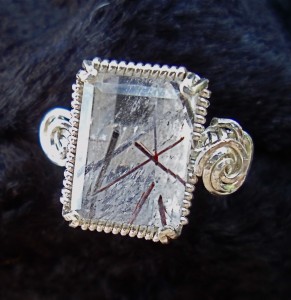 Gem Profile- Rutilated Quartz
Gem Profile- Rutilated Quartz
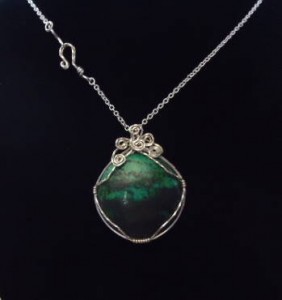 Gem Profile- Chrysocolla
Gem Profile- Chrysocolla
 Gem Profile- Jet
Gem Profile- Jet
 Gem Profile- Chrysoprase
Gem Profile- Chrysoprase
 Gem Profile- Rhyolite
Gem Profile- Rhyolite
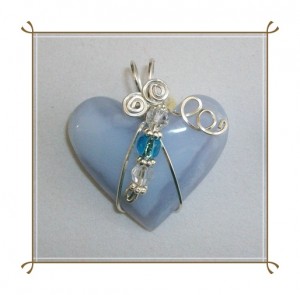 Gem Profile- Chalcedony
Gem Profile- Chalcedony
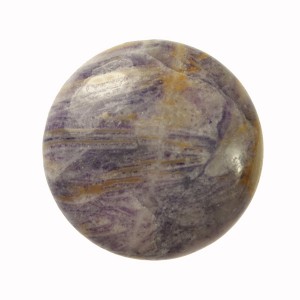 Gem Profile- Lepidolite and Sugilite
Gem Profile- Lepidolite and Sugilite
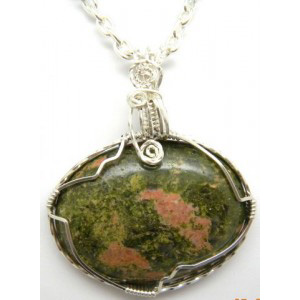 Gem Profile- Unakite
Gem Profile- Unakite
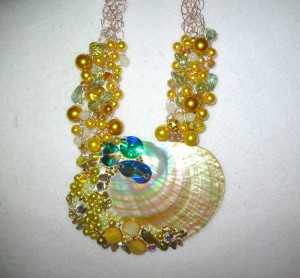 Gem Profile- Cowrie Shells, Conch Shells, and Drilling Shells
Gem Profile- Cowrie Shells, Conch Shells, and Drilling Shells
 Gem Profile- Mother of Pearl
Gem Profile- Mother of Pearl
 Gem Profile- Moss Agate and Plume Agate
Gem Profile- Moss Agate and Plume Agate
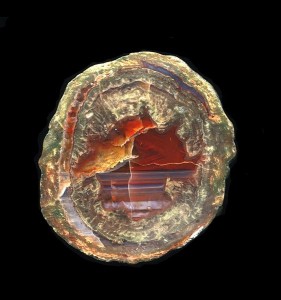 Gem Profile- Thundereggs and Mexican Lace Agate
Gem Profile- Thundereggs and Mexican Lace Agate
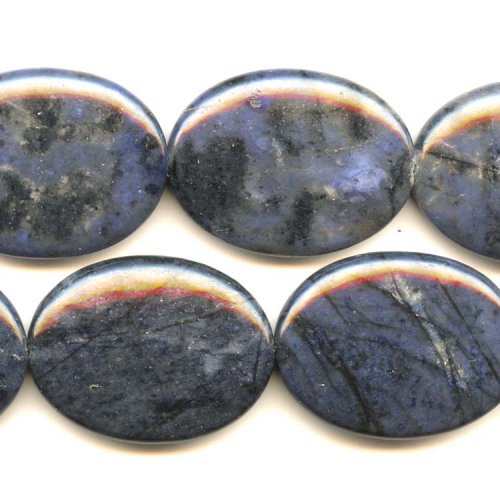 Gem Profile- Dumortierite
Gem Profile- Dumortierite
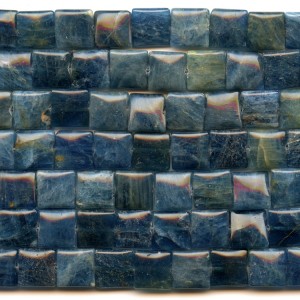 Gem Profile- Apatite
Gem Profile- Apatite
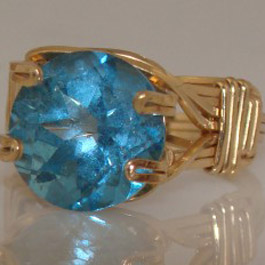 Gem Profile- Blue Topaz
Gem Profile- Blue Topaz
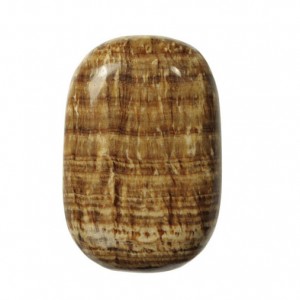 Gem Profile- Aragonite
Gem Profile- Aragonite
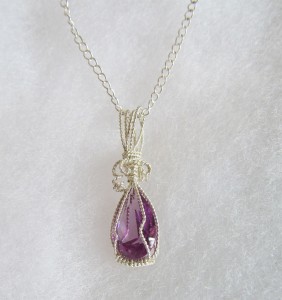 Gem Profile- Zircon and Cubic Zirconia
Gem Profile- Zircon and Cubic Zirconia
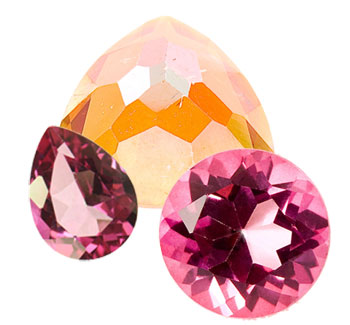 Gem Profile- Topaz
Gem Profile- Topaz
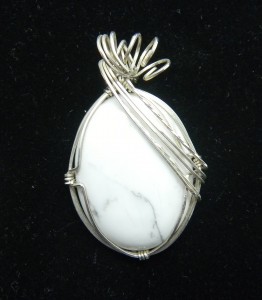 Gem Profile- Howlite
Gem Profile- Howlite
 Gem Profile- Sodalite
Gem Profile- Sodalite
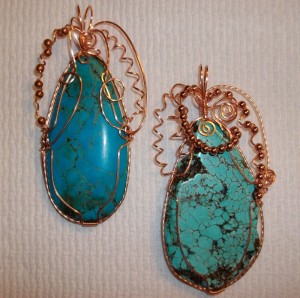 Gem Profile- Magnesite
Gem Profile- Magnesite
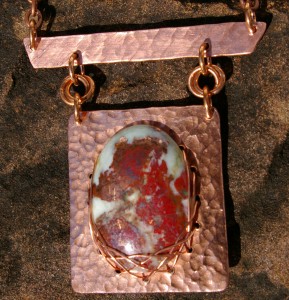 Gem Profile- Cuprite
Gem Profile- Cuprite
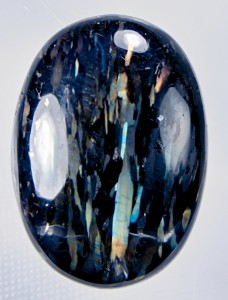 Gem Profile- Nuummite
Gem Profile- Nuummite
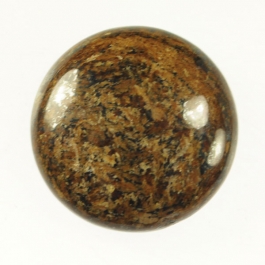 Gem Profile- Bronzite
Gem Profile- Bronzite
 Gem Profile- Kyanite
Gem Profile- Kyanite
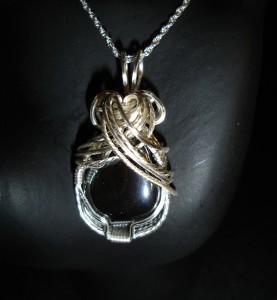 Gem Profile- Hematite
Gem Profile- Hematite
 Gem Profile- Derbyshire Blue John
Gem Profile- Derbyshire Blue John
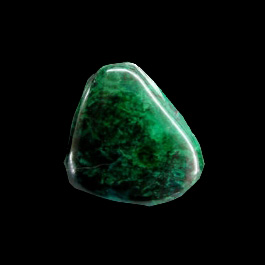 Gem Profile- Eilat Stone
Gem Profile- Eilat Stone
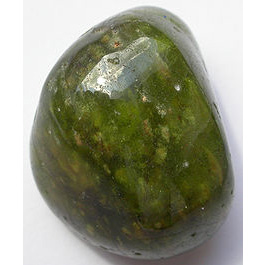 Gem Profile- Vesuvianite
Gem Profile- Vesuvianite
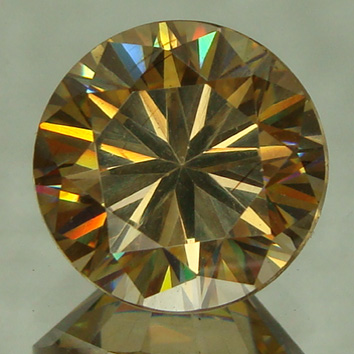 Gem Profile- Strontium Titanate -Fabulite
Gem Profile- Strontium Titanate -Fabulite
 Gem Profile- Tourmaline
Gem Profile- Tourmaline
 Gem Profile- Larimar
Gem Profile- Larimar
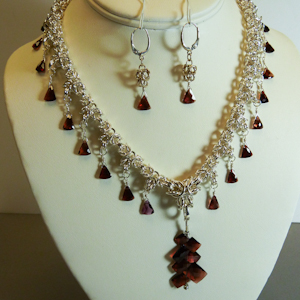 Gem Profile- Garnet
Gem Profile- Garnet
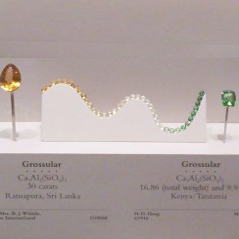 Gem Profile- Tsavorite and Green Garnets
Gem Profile- Tsavorite and Green Garnets
 Gem Profile- Seraphinite
Gem Profile- Seraphinite
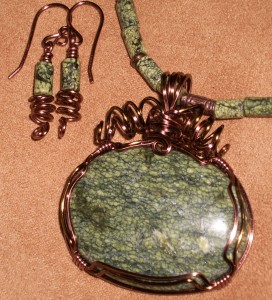 Gem Profile- Serpentine
Gem Profile- Serpentine
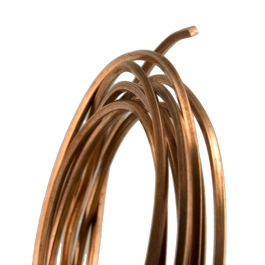 American Wire Gauge
American Wire Gauge
 Viking Knit and Spool Knit Chain
Viking Knit and Spool Knit Chain
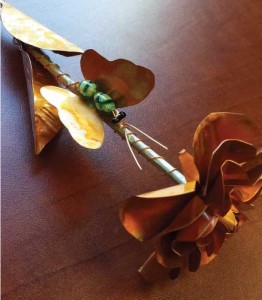 Copper Roses
Copper Roses
 How to Make Medical ID Bracelets Special
How to Make Medical ID Bracelets Special
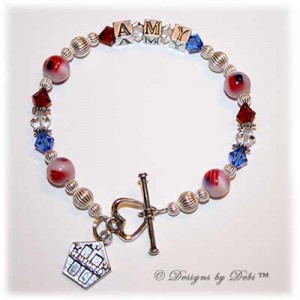 Remembering the Fallen
Remembering the Fallen
 6 Ways to Find Your Uniqueness in Jewelry
6 Ways to Find Your Uniqueness in Jewelry
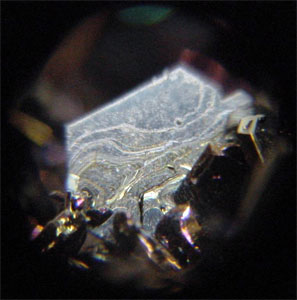 Gem Profile- Moissanite
Gem Profile- Moissanite
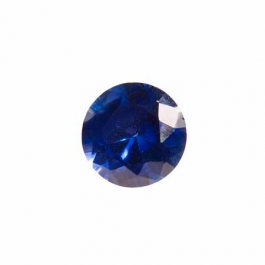 Birthstone Swarovski Colors
Birthstone Swarovski Colors
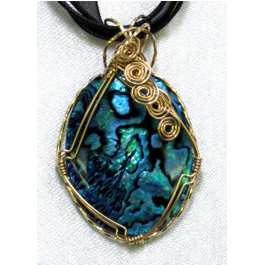 Gem profile- Paua and Abalone
Gem profile- Paua and Abalone
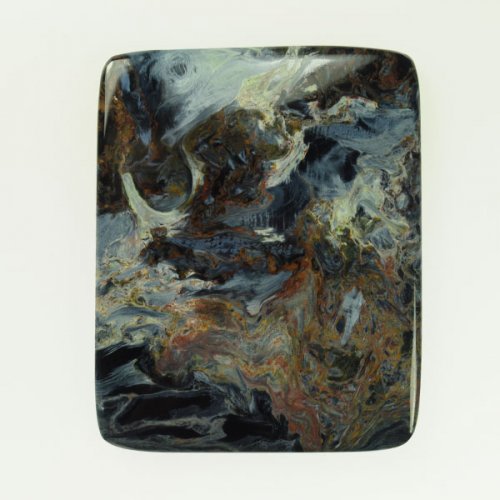 Tips for Tucson Shopping- Gem Show Secrets
Tips for Tucson Shopping- Gem Show Secrets
 Durston Olivia Rolling Mills
Durston Olivia Rolling Mills
 How to Use a Jewelry Bench Polisher Effectively
How to Use a Jewelry Bench Polisher Effectively
 5 Jewelry Patterns to Keep Summer Going
5 Jewelry Patterns to Keep Summer Going
 Why Jewelry Makers Love Boho And Free-Form Designs
Why Jewelry Makers Love Boho And Free-Form Designs
 5 Fall Leaf Jewelry Patterns to Capture the Colors of Autumn
5 Fall Leaf Jewelry Patterns to Capture the Colors of Autumn
 Bold Gemstone Wire Jewelry Tutorials for Beginners
Bold Gemstone Wire Jewelry Tutorials for Beginners
 Why Remodeling Old Designs Saves You Money and Sparks Creativity
Why Remodeling Old Designs Saves You Money and Sparks Creativity

